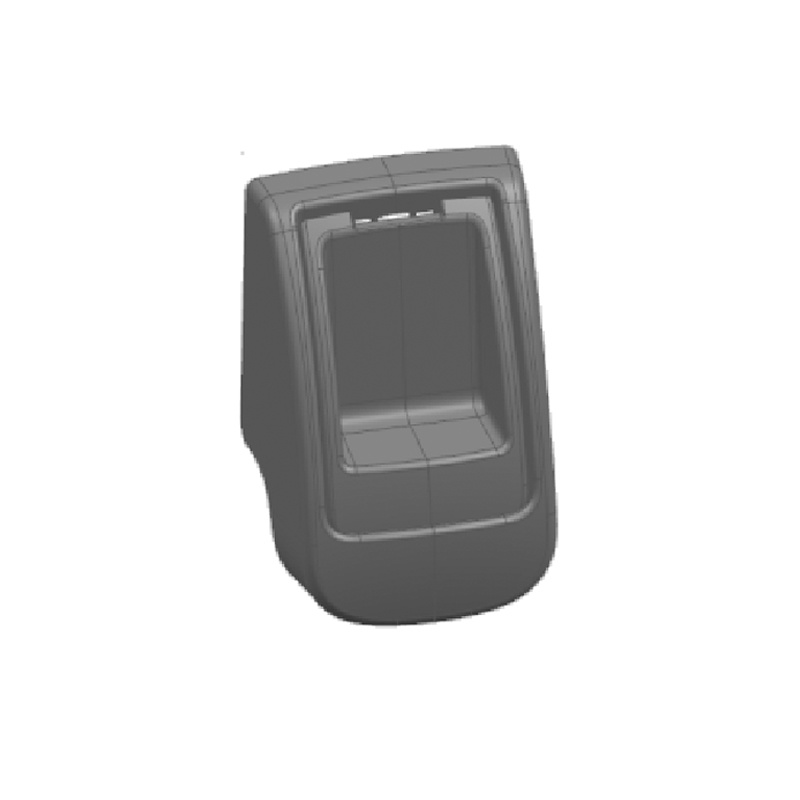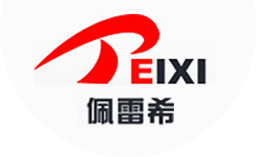
Car interior and exterior trim (seats) Car interior and exterior trim molds
Summary:
Key words:
Category:
- Description
-
Design Considerations for Automotive Interior and Exterior Molds
The development of automotive interior and exterior molds is an important part of the production for manufacturers. The development of automotive interior and exterior molds greatly impacts the entire automotive project cycle. During the development process of automotive interior and exterior molds, the process plan for mold development is determined through the analysis of original data. Once the plan is established, bidding for the molds is conducted. Then, the manufacturing of automotive interior and exterior molds is developed. Throughout the development process, the production cycle and quality of the molds should be controlled.
First, the design and cost assessment of automotive interior and exterior molds should be conducted, along with an analysis of the mold design and development technology, integrating customer needs with the design concepts of product designers to carry out automotive mold design. During the automotive mold design process, strict control over the structure of the molds is necessary to ensure precision, while also analyzing the production capacity of the molds, understanding the process performance of the products, and ensuring the rationality of the automotive molds. Based on the analysis of automotive mold design requirements and the characteristics of automotive molds, bidding is conducted, and contracts for the manufacturing of automotive molds are signed with manufacturers. In the management process, a detailed and comprehensive production plan controls the entire project development process, ensuring that the project cycle and quality are manageable.

In the design process of automotive interior and exterior molds, by combining with computer-aided toolboxes, theoretical and practical experiences are aligned to develop automotive mold design. At the same time, during the development process, the automotive mold design plan is modified according to specific needs to ensure that the automotive molds meet actual requirements. After the assembly of automotive molds is completed, feedback from workshop testing should be obtained. During the manufacturing and assembly testing of molds, detailed inspection reports should be filled out to ensure that the entire production process of automotive molds is under control, which also facilitates the handling of issues later on.
The quality of the molds is driven by the cooperation of various departments; therefore, mold companies should control every aspect of automotive mold development. By comparing the process plans for automotive interior and exterior molds, better choices can be made. A good automotive interior and exterior mold should have appropriate strength, lightweight design, reasonable structure, and ease of debugging. The core of automotive interior and exterior mold production is to ensure its stability. When controlling the quality of automotive interior and exterior molds, the first step is to assess whether the appearance meets the design standards for automotive molds and to adjust any defective areas until the automotive molds meet the specified standards. At the same time, when controlling the quality of automotive interior and exterior molds, digital simulation should be combined to analyze and compare key technical parameters, adjusting the automotive molds to ultimately ensure their quality.
Design Considerations for Automotive Interior and Exterior Molds
The development of automotive interior and exterior molds is an important part of the production for manufacturers. The development of automotive interior and exterior molds greatly impacts the entire automotive project cycle. During the development process of automotive interior and exterior molds, the process plan for mold development is determined through the analysis of original data. Once the plan is established, bidding for the molds is conducted. Then, the manufacturing of automotive interior and exterior molds is developed. Throughout the development process, the production cycle and quality of the molds should be controlled.
First, the design and cost assessment of automotive interior and exterior molds should be conducted, along with an analysis of the mold design and development technology, integrating customer needs with the design concepts of product designers to carry out automotive mold design. During the automotive mold design process, strict control over the structure of the molds is necessary to ensure precision, while also analyzing the production capacity of the molds, understanding the process performance of the products, and ensuring the rationality of the automotive molds. Based on the analysis of automotive mold design requirements and the characteristics of automotive molds, bidding is conducted, and contracts for the manufacturing of automotive molds are signed with manufacturers. In the management process, a detailed and comprehensive production plan controls the entire project development process, ensuring that the project cycle and quality are manageable.

In the design process of automotive interior and exterior molds, by combining with computer-aided toolboxes, theoretical and practical experiences are aligned to develop automotive mold design. At the same time, during the development process, the automotive mold design plan is modified according to specific needs to ensure that the automotive molds meet actual requirements. After the assembly of automotive molds is completed, feedback from workshop testing should be obtained. During the manufacturing and assembly testing of molds, detailed inspection reports should be filled out to ensure that the entire production process of automotive molds is under control, which also facilitates the handling of issues later on.
The quality of the molds is driven by the cooperation of various departments; therefore, mold companies should control every aspect of automotive mold development. By comparing the process plans for automotive interior and exterior molds, better choices can be made. A good automotive interior and exterior mold should have appropriate strength, lightweight design, reasonable structure, and ease of debugging. The core of automotive interior and exterior mold production is to ensure its stability. When controlling the quality of automotive interior and exterior molds, the first step is to assess whether the appearance meets the design standards for automotive molds and to adjust any defective areas until the automotive molds meet the specified standards. At the same time, when controlling the quality of automotive interior and exterior molds, digital simulation should be combined to analyze and compare key technical parameters, adjusting the automotive molds to ultimately ensure their quality.
Message inquiry
* Leave your contact information to get a free product quote
When we are processing motorcycle parts mold shells, we often encounter some problems, one of the more common ones being cracking. It is well known that the main cause of cracking is due to stress deformation, which can be mainly divided into residual stress, external stress, and stress deformation caused by the external environment. Therefore, to solve the cracking problem that occurs during the processing of plastic mold shells, we must start by addressing the stress.
High-gloss molds have very strict requirements for product structure. It is well known that the shinier the product, the more sensitive it is to light refraction effects. Any slight surface defect will be quickly noticed. Therefore, how to solve the shrinkage problem is the primary issue for high-gloss products. According to experience statistics, the thickness of the ribs in general products should not exceed 0.6 times the thickness of the main glue position to avoid shrinkage, or in other words, the shrinkage is small and not easily detected, which can be ignored. However, for high-gloss products, such requirements are far from sufficient. The thickness of the product ribs must be reduced to no more than 0.4 times the thickness of the main glue position, and special treatment must be applied to the screw column positions.
